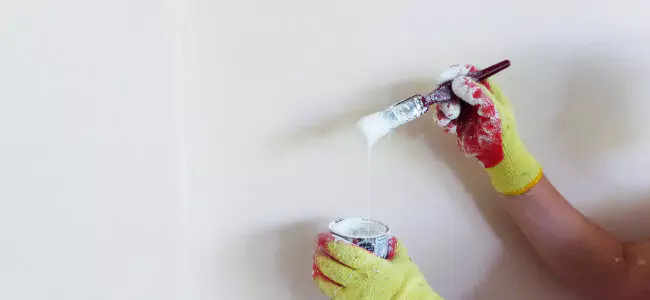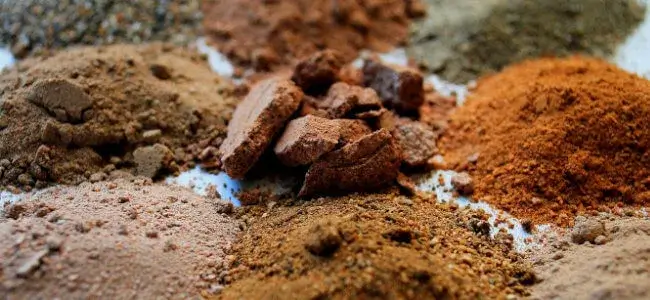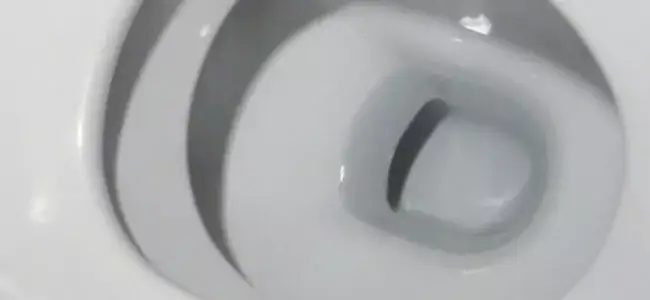The paint: your septic tank worst enemy

TABLE OF CONTENTS
What do you do with your brush after you are done painting? Well, the answer shouldn’t be washing it in your sink. Doing so could ruin your septic tank. Here is the explanation:
Paint is made up of four components namely, a solvent, a binder a pigment and additives.
Additives: The main role of additives in paint is to kill algae, fungi, and mold but they are also used as fillers.
Binder: The role of the binder is to ensure the paint holds in place. In so doing, it helps to protect the surface from being damaged by the elements. The binder in paint is usually made from a polymer.
Pigment: This is what gives the paint the color.
Solvents: The solvent is the part of the part that usually dries and it is either some form of hydrocarbon (oil) or water.
Suffice it to say that paint and septic tanks do not mix and you should therefore only buy paint that will be enough so that you use it up completely. If you have some leftover paint, dispose of it at the nearest toxic waste disposal center.
The effects of mixing paint and septic tanks
Sludge buildup
The septic system is designed to treat wastewater through a combination of physical and biological processes. As the bacteria and enzymes break down the organic waste, other suspended solids sink to the bottom of the tank to form the sludge layer. Since paint cannot be digested by bacteria, sending it to the septic tank means it will accumulate in the sludge layer and that can result in the septic tank filling up faster than usual.
Blockage and backups
Lots of chemicals are used in the making of the binder part of paint. The binder helps the paint to hold in place while protecting the painted surface from abrasion or moisture. Solvents usually evaporate but the binder forms a layer that will “bind” the paint. For most modern paints, the binder is made from a polymer (plastic). If this paint gets sent down the drain, the binder might stick to the surfaces of the pipes in the plumbing, the septic tank or even in the drain field. This can lead to blockages in the pipes and this can be a serious problem especially if this blockage happens in the drain field area.
Killing helpful bacteria
Most of the components of paint are toxic to bacteria. For instance, the main purpose of the additives is to kill microorganisms like bacteria and fungi. The same is true for the plastics found in the binder. Additionally, Lead and other heavy metals are also commonly used in paints for pigmentation and these piments are also toxic to microorganisms. Clearly, paint poses a huge risk to bacteria and should therefore not be allowed to get into the septic system.
Contamination of water
If paint finds its way into the septic tank, there is a good chance that it will end up in the drain field. This is because paint cannot be digested by bacteria. Instead, it might mix up with the effluent and percolate in the drain field area. This will result in pollution of either groundwater, drinking well water, or both. The law is very strict and if your system pollutes the environment like this, you might end up paying a dear price for the totally avoidable mistake.
Paint and septic tanks – cleaning up after painting
Before you start painting the house, think about how you will dispose of the leftover paint and the cleaning that will be needed. Your goal should be to avoid getting paint into the septic system. Knowing this from the very onset will help you to plan your painting project better. For instance, you can use disposable paint rollers and brushes. This will save you the trouble of having to clean once the job is done. Another importance of planning your work in advance is that you will only buy the paint you need for the job. Your goal will be to use up all the paint in order to avoid having to deal with disposal.
However, it is unlikely that you will complete the painting without any leftover paint. In such a scenario, pack up the paint with the roller and brushes and take it to the nearest hazardous waste facility where it will be disposed of properly. Washing the brushes in the sink will expose helpful bacteria to the toxic substances in the paint so do not attempt to do it. Remember to use gloves when handling the paint so that you do not have to wash off any paint in your sink.
Remedy if paint gets into the septic system
We have demonstrated the importance of keeping paint away from the septic system. Nonetheless, you might find yourself in a situation where paint inevitably gets into the septic system. The steps you take after this depends on how much paint got into the system. If the amount of paint is negligible, like say the paint came from washing your hands, it shouldn’t be that big of a deal. However, if too much paint was poured down the drain, then you might want to take more drastic measures like scheduling to pump the tank and doing shock treatment after the tank has been completely emptied. Shock treatment is the introduction of biological additives into the septic tank either by flushing them in the toilet or by pouring them directly into the septic tank. The additives will add billions of bacteria and enzymes into the system and this will help the septic tank to recover from the shock of the toxic substances that were introduced by the paint.
Conclusion
When seated on your walls, the paint might look harmless but the havoc it can wreak in your septic system is of epic proportions. As a septic system owner, it is your responsibility to do whatever it takes to prevent paint from getting into the septic system. Not only will the paint harm the bacteria in the septic tank but it could potentially pollute the groundwater. In other words, think about the disposal of your paint leftovers before you embark on your DIY project. If you are still in doubt, you are better off hiring a skilled contractor who understands paint and septic tank management to help you with it.
OUR LATEST BLOG POSTS

Strange facts about septic systems
If you are a septic system owner, you might have heard all manner of myths. For instance, there is a common myth that throwing a dead cat in the septic tank can help rejuvenate bacteria and thereby make the septic tank more effective. But is this even true? In this article, we will not only answer that […]

Soils types and their impact on septic systems
SOILS TYPES AND THEIR IMPACT ON SEPTIC SYSTEMS However good your septic system is, it depends on the right soil type to complete the process of purifying the wastewater from your home. The soil type in the drainfield area will determine how well the effluent is filtered and if the water that is sent back to the […]

Avoid flushing these if you have a septic tank
Most homeowners wrongfully assume that their toilet can serve as some sort of garbage disposal. As a result, they end up flushing all manner of things in the toilets. Some of the things that are flushed down the toilet are actually innocent mistakes because homeowners think that is the right way to dispose of the products while in other cases, it is just a don’t care attitude. Whichever the case may be, flushing some of these things can result in septic system failure and it could cost you a fortune. We have rounded up some of the commonly-flushed products that you should never flush if you have a septic system.
PERFECT! I WOULD NEED...
Discover which products are the best for your needs!You can contact us at 1-800-378-6132 (toll free) or click on the following button to access our free online evaluation.
GET A QUOTE ONLINELog in to your account
Whoops! It happens sometimes...
CREATE A NEW ACCOUNT
CONGRATS!
You are now registered and ready to go. You can add and change any of your information on your client profile.
Unfortunately, we do not ship our products to the USA at the moment.
But, if you live in the United States and would like to order them, please fill in the form below. You will then be notified as soon as they are available in your country.
Thank you for your understanding!
Malheureusement, nous n’expédions pas nos produits en France pour le moment.
Mais, si vous êtes résident français et aimeriez les commander, remplissez s’il vous plaît le formulaire ci-dessous. Nous pourrons ainsi vous aviser aussitôt qu’ils seront disponibles dans votre pays.
Merci de votre compréhension!

-
30 products to avoid
-
What to replace them with
-
And everything you should know about your septic system
DOWNLOAD THIS FREE EBOOK!
Which email address should we send it to?


